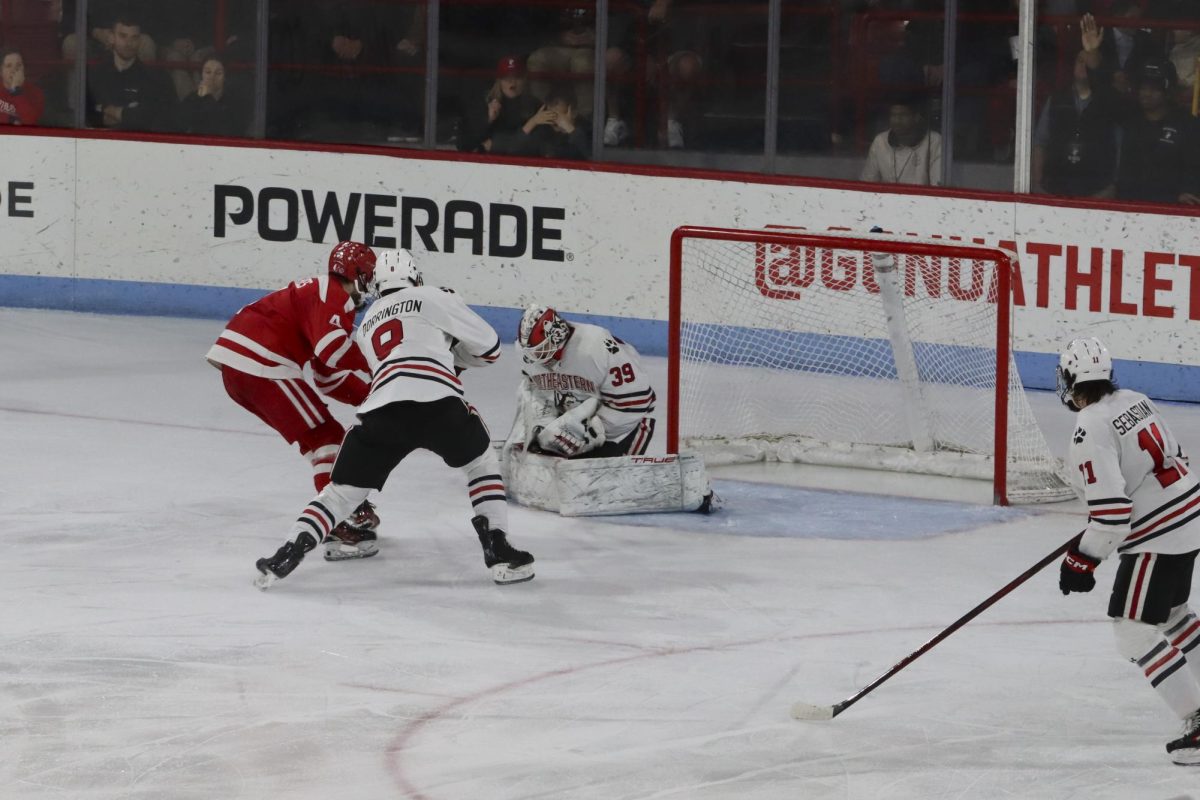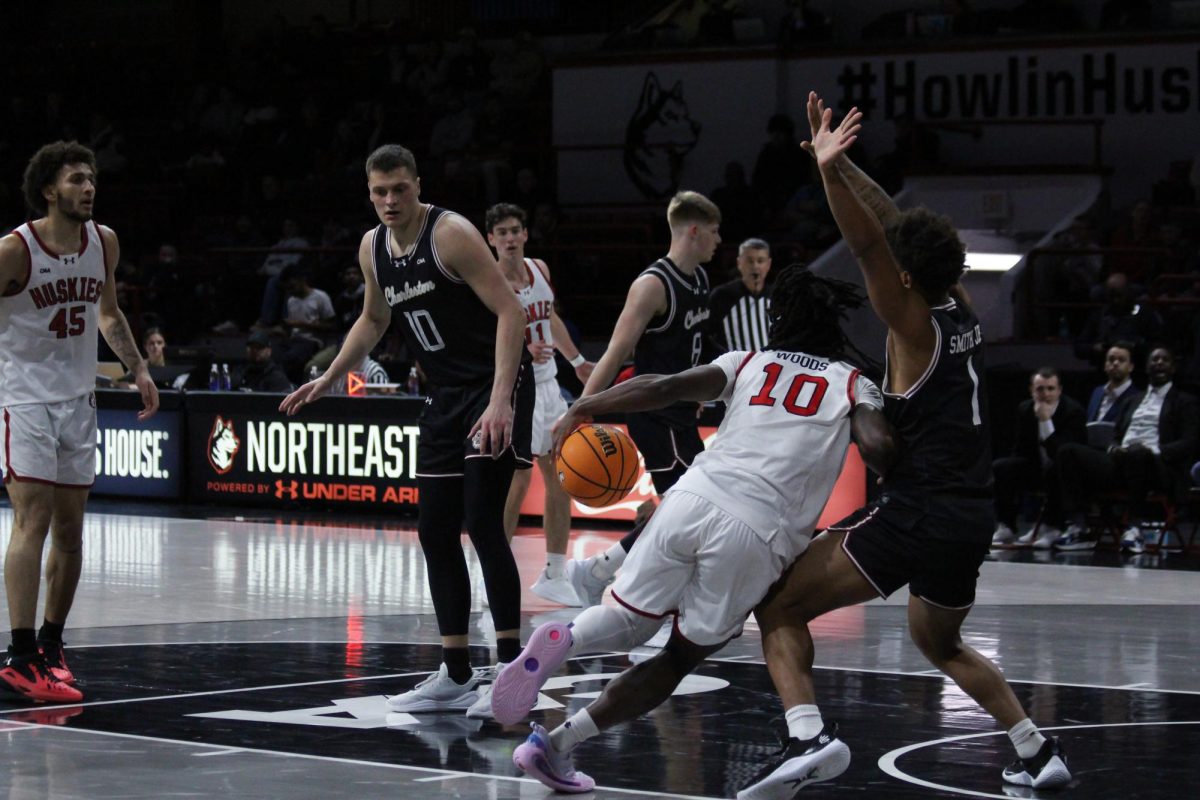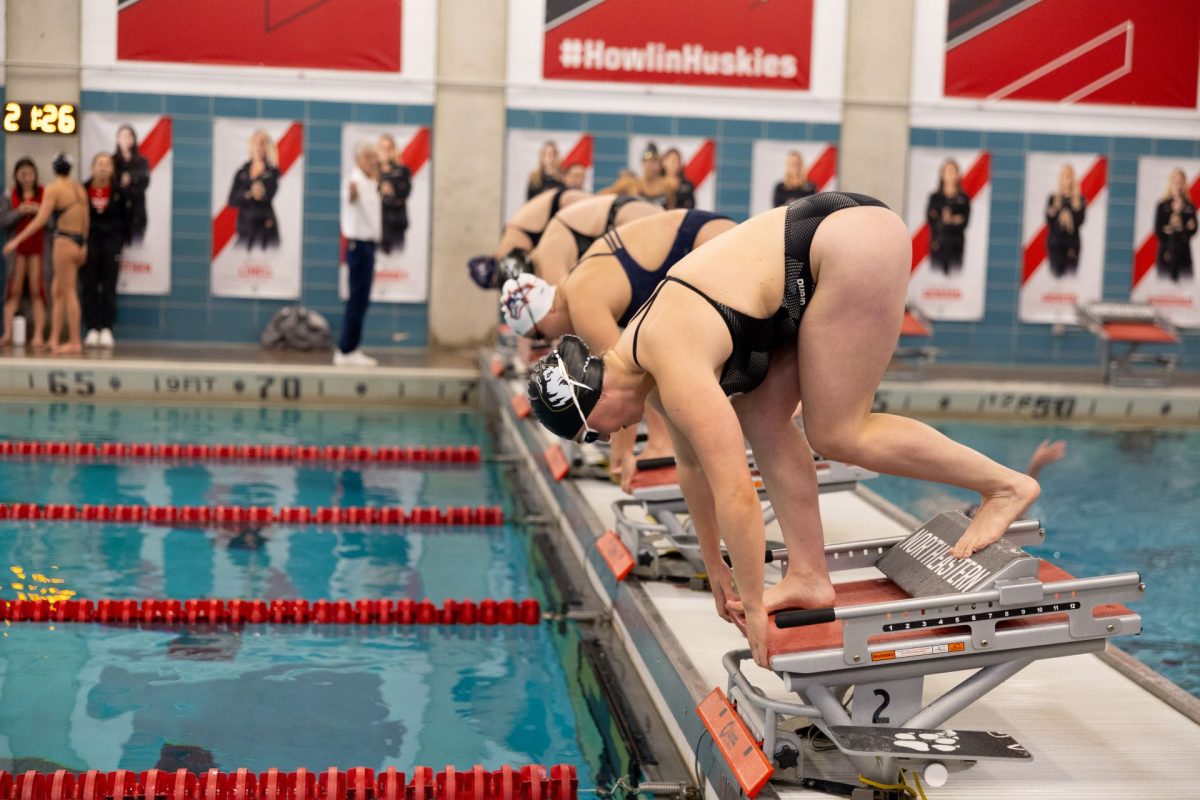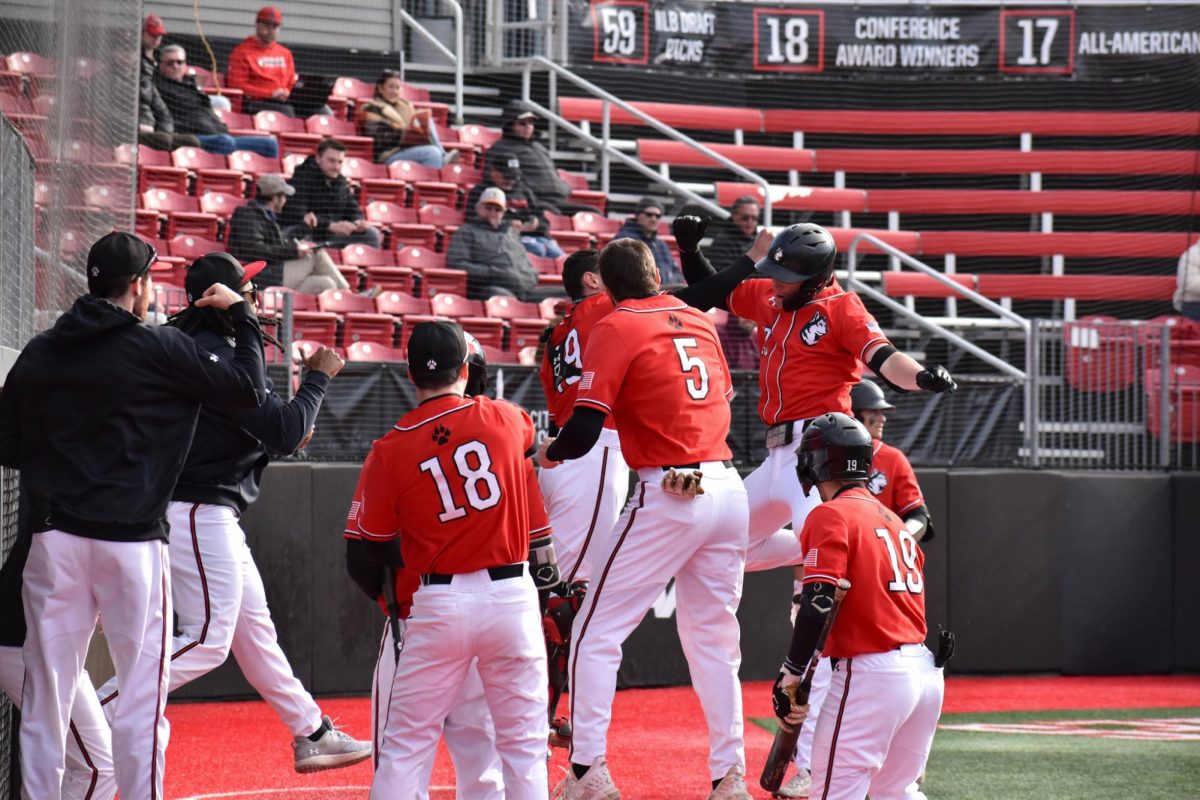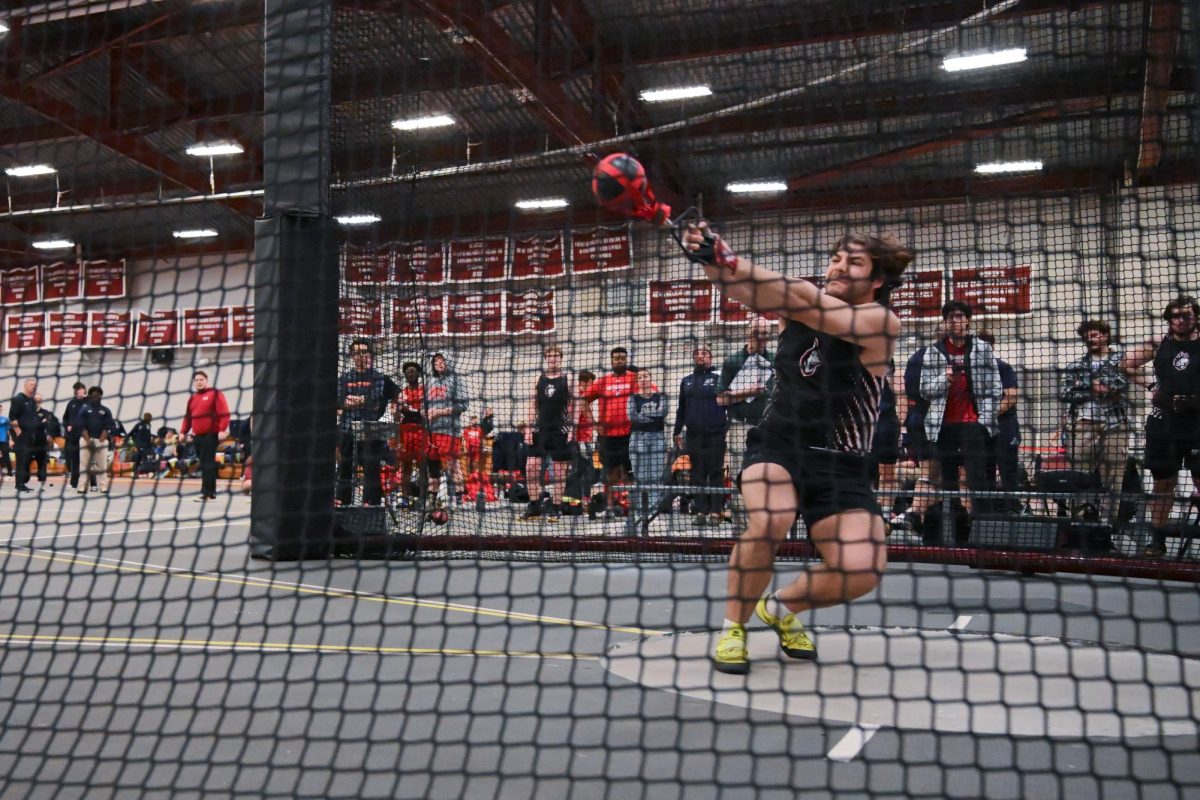By Alex Faust
News Staff
But, for all the wrong reasons, I’m going to put my analysis of the on-ice action on hold, for once again the college hockey community mourns the impending closure of yet another program. On Monday, the University of Alabama-Huntsville (UAH) announced that, effective May 2012, it will discontinue its Division-I ice hockey program and revert it to club status.
Instantly, my mind drew comparisons to November 2009 when Northeastern cut its football program after years of decline. UAH competes in Division II in all sports except for hockey, while Huskies football competed in the Football Championship Subdivision. But the comparisons end there: UAH had a D-I facility rivaling any other college hockey program in the US, it fully funded scholarships and had a winning history (.604 all-time) to turn to, unlike (for the most part) Northeastern football.
In addition, UAH is hardly the only D-II or D-III school “playing up” in D-I hockey. Including UAH, of the 58 schools currently fielding teams, 23 “play up” from D-II or D-III. These schools include Hockey East members Merrimack and UMass-Lowell, last year’s national champion Minnesota-Duluth, and perennial contenders such as Colorado College.
But in a football-rich region, hockey is the outlier at UAH, much like in a hockey-rich region, football was the outlier at Northeastern.
I agreed wholeheartedly with the decision to cut football at Northeastern and strongly believe to this day that it was the most significant move the athletics program has ever made. After talking with coaches this fall, they’ve said the same thing: Resources, scholarships, facilities – everything has improved in the years since Huskies football was discontinued.
Without serious financial pledges, the move for UAH was inevitable, much as the move to cut Huskies football in 2009 was a question of “when,” not “if.” Considering the school’s geographic isolation from the rest of the college hockey world, it was forced to carry the burden of hefty travel expenses and, as we feared (“On the rink of realignment”, Sept. 29 edition of The News), the Chargers were unable to find a conference affiliation, likely because they just couldn’t afford to subsidize travel for their opponents.
Interim UAH president Malcolm Portera put the reasons in fairly black-and-white terms: “We’re in an economic environment where universities must look at the value of every dollar we spend.” That may be true, but the arguments he used announcing the team’s discontinuation reek of apathy. Portera criticized the fact that 40% of UAH’s student-athlete aid went to hockey players – that’s obviously going to be the case when you fully fund a D-I team vs. a D-II team. Another strange criticism was that, since 1999, only three members of the squad have been from Alabama. The last time I looked, Alabama isn’t exactly a bastion for top-level hockey talent. Would Vermont shut their program down because only one student from the state is on the roster? Never. But with the right backing, perhaps UAH could have served as a catalyst for developing the sport in Alabama.
Discontinuing a major college sports program, especially in a small city like Huntsville, makes a much larger impact in the community than discontinuing a minor college football program in a large city like Boston.
Fielding any Division I sport forces you to dream big. Sadly, the administration at UAH felt that it wasn’t worth the trouble to dream at all.



